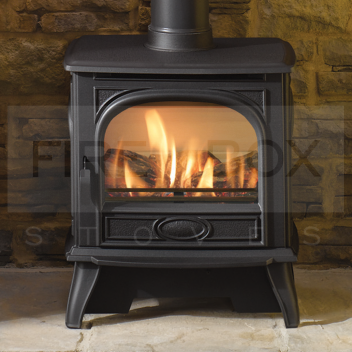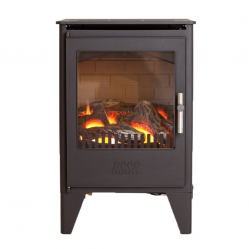Dovre 280 Log Effect Natural Gas Stove
Product Description
Experience the charm of a traditional wood burner with the convenience of a natural gas stove with the Dovre 280 Log Effect. Its sturdy cast iron construction finished in a classic matt black makes it a perfect centerpiece for any home. The realistic log effect offers the visual warmth of burning wood without the mess, making it both practical and attractive.
Key Features
- Heat Output: 3.4kW - ideal for heating small to medium-sized rooms
- Fuel Type: Operates on Natural Gas for efficient and convenient heating
- Flue Type: Conventional flue compatible for easier installation in existing chimney spaces
- Construction: High-quality cast iron material for durability and heat retention
- Finish: Matt black finish that complements any decor and provides a timeless look
- Log Effect: Realistic log effect for the feel of a traditional fireplace without the upkeep
- Control: User-friendly manual control for easy operation
- Dimensions: Compact design to fit seamlessly into a variety of spaces
- Brand: Dovre - a reputable manufacturer with a heritage of quality and reliability






